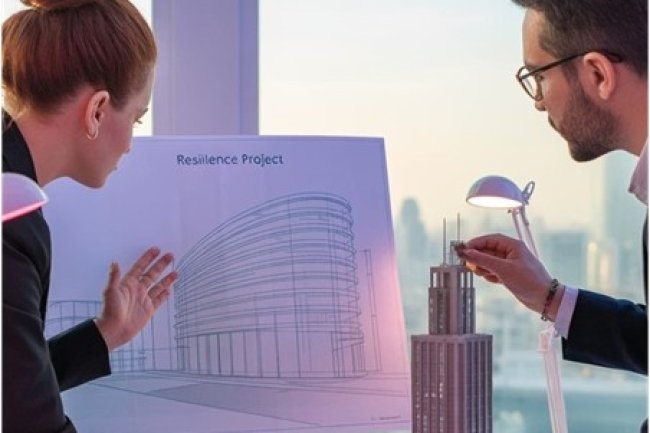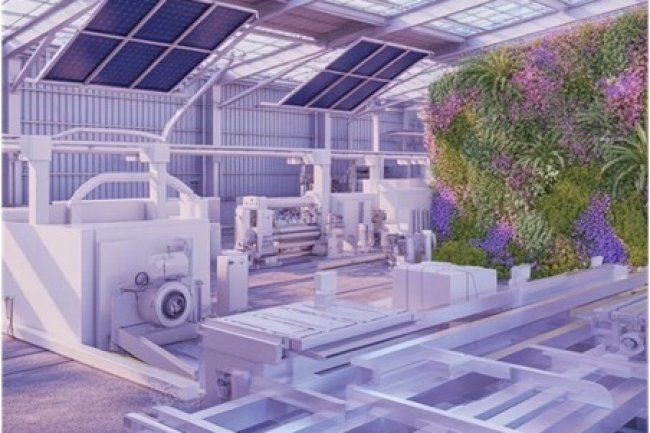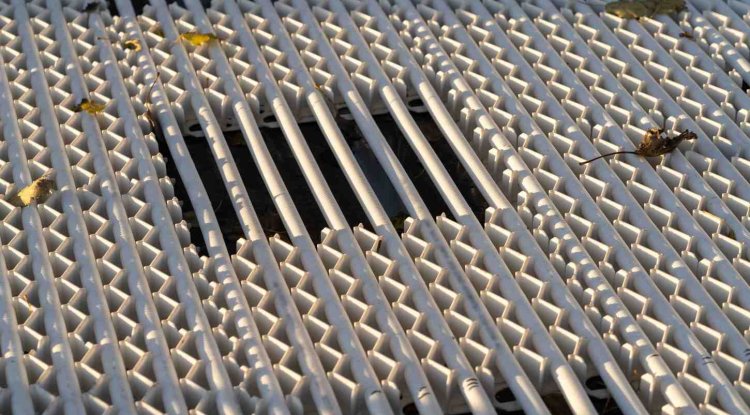Designing for Durability: Structural Engineering Strategies for Coastal & Seismic Zones
When Mother Nature unleashes her fury through earthquakes or coastal storms, the structures we design must stand strong. This comprehensive guide explores proven engineering strategies for creating resilient structures that protect lives and property in high-risk environments.

Understanding Environmental Challenges
Seismic Zone Threats
- Ground shaking and lateral forces
- Soil liquefaction risks
- Structural resonance concerns
- Foundation settlement issues
Seismic activity creates complex loading conditions that traditional structures weren't designed to handle. Engineers must account for horizontal forces, vertical acceleration, and unpredictable earthquake motion patterns.
Coastal Environment Hazards
- Salt spray and corrosion
- High wind loads from hurricanes
- Storm surge and flooding
- Erosion and scour effects
Foundation Systems: The Critical First Line of Defense
Deep Foundation Solutions
Driven piles and drilled shafts transfer loads to stable soil layers, bypassing problematic surface conditions. Steel Hpiles and concrete-filled steel pipe piles offer excellent performance in both seismic and coastal environments.
Base Isolation Systems
Rubber bearings and friction pendulum systems allow structures to move independently during seismic events, dramatically reducing transmitted forces. These systems can reduce seismic forces by 70-80%.
Flood-Resistant Foundations
Elevated foundations on open piles allow water flow underneath structures, preventing hydrostatic pressure buildup. Breakaway walls protect main structural elements while allowing flood waters to pass through.
Structural Steel Design for Extreme Conditions
Special Moment Frames
Designed to develop plastic hinges in beams rather than columns, ensuring "strong column-weak beam" behavior that prevents catastrophic collapse in seismic events.
Buckling-Restrained Braces
These innovative elements provide excellent energy dissipation during seismic events while avoiding the buckling issues of conventional braces.
Enhanced Connection Details
Pre-qualified connections with reduced beam sections and supplemental damping ensure reliable performance under extreme loading, maintaining structural integrity.
Material Selection & Protection Strategies
-
Stainless Steel
-
Hot-Dip Galvanized
-
Epoxy-Coated Standard Steel
-
Aluminum
-
Corrosion-Resistant Solutions
Coastal environments demand materials that can withstand constant exposure to salt spray and moisture. Stainless steel, hot-dip galvanized steel, and marine-grade aluminum provide long-term performance with minimal maintenance.
For concrete structures, we specify high-performance concrete with supplementary cementitious materials like fly ash and slag cement. These additions reduce permeability and increase resistance to chloride penetration, extending service life significantly.
Advanced protective coatings and cathodic protection systems offer additional layers of defense against corrosion in the harshest marine environments.
Advanced Engineering Technologies
Performance-Based Design
Using nonlinear dynamic analysis, we model structure behavior under actual earthquake records rather than simplified code procedures. This approach optimizes design efficiency while ensuring safety performance objectives are met.
BIM Integration
Building Information Modeling enables precise coordination between structural, architectural, and MEP systems. Our BIM services include clash detection, constructability reviews, and detailed connection modeling for complex projects.
Structural Health Monitoring
Embedded sensors and real-time monitoring systems track structural performance over time, enabling predictive maintenance and early warning systems for critical infrastructure.
Case Studies in Resilient Design
Critical Care Medical Center
This 8-story hospital in California features base isolation and backup power systems designed to remain operational during major seismic events. Special detailing ensures critical equipment stays functional when lives depend on it.
Coastal Residential Complex
Located in Florida's hurricane zone, this development combines elevated construction with impact-resistant design. Cold-formed steel framing provides lightweight yet durable performance against high winds and flooding.
Industrial Manufacturing Facility
This heavy industrial project required specialized seismic design for equipment weighing over 100 tons. Our team developed custom damping systems and reinforced foundations to protect valuable manufacturing assets.
Partner with Consac LLC for Resilient Structural Solutions
Creating durable structures for extreme environments requires deep technical expertise and innovative thinking. Our team combines decades of experience with cutting-edge technology to deliver solutions that protect your investment and the people who depend on it.
01 Initial Consultation
We analyze your project's unique challenges and environmental conditions to develop a customized approach.
02 Advanced Analysis
Our engineers use state-of-the-art modeling software to optimize your structure's performance under extreme loading conditions.
03 Detailed Design
From foundations to connections, every element is designed and detailed for maximum durability and constructability.
04 Construction Support
We provide ongoing support throughout construction to ensure design intent is preserved and quality standards are met.
What's Your Reaction?
















